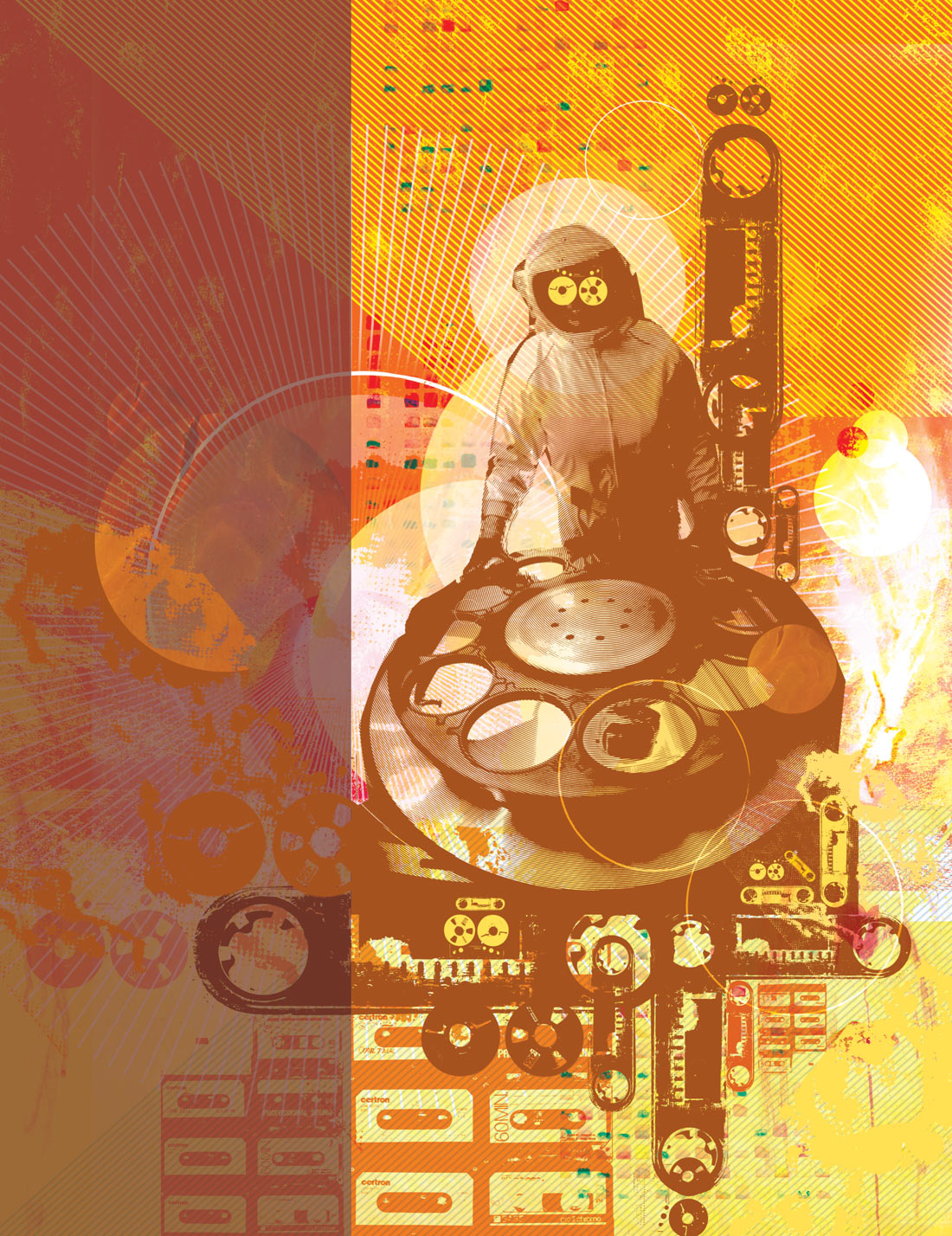I have a confession to make. David Royer got me started on something. After performing his tube upgrade to the MXL 2001 mic (Tape Op #25), I became thoroughly hooked on all things DIY. Later, I discovered Seventh Circle Audio's N72 mic preamp kit (Tape Op #35). I bought and made several of them. Then I moved on to two more SCA kits: the J99 (which is SCA's version of the Jensen Twin Servo preamp); and the C84 (based on a design presented by Graeme John Cohen in a paper entitled "Double Balanced Microphone Amplifier" at the AES 1984 Australian Regional Convention).
First, a bit about Tim's preamps. On both the J99 and C84, gain is selected by a 12-position Grayhill switch in 5 dB increments, followed by a trim pot with 6 dB of attenuation. Phantom power and polarity switches are included. The completed kits fit into a 2RU chassis (CH01, available separately) that can house up to eight preamps along with a power supply (PS03, also available separately). All of Tim's preamps are available as assembled modules or as kits. Most people will probably buy the kits to save money, learn a bit about electronics, and have pride in making something themselves (I know I did). The circuit boards are double- sided boards and are very well made. These require a bit more soldering skill than single-sided boards, but if you take your time and work carefully, you shouldn't have any problems. A full bill of materials, schematics, and photo-illustrated instructions are available on the website for each kit, and technical questions are answered either by email or through a forum on the website. The forum has been around a long time, so you might find many of your questions already answered there. The instructions are well written and very thorough. I think that if you're careful, it should be easy to build one without a lot of DIY experience, but SCA stresses that these kits are not for beginners.
The J99 uses a Lundahl 1538XL input transformer and a CineMag CMOB-2H output transformer. The advantage of the Twin Servo design is that there are two gain stages, each with its own servo. Using two stages reduces distortion and widens the bandwidth because there's more gain available for negative feedback. Two 2520-type discrete op-amps (e.g., API, Millennia, Forssell, Old School Audio, John Hardy, Avedis) are required (and must be purchased separately). With the proper standoff adapter, IC op-amps (e.g., AD797, OPA627) can be used as well, albeit using lower-power rails (adjustable on the boards), resulting in less headroom.
The C84 does not use transformers. The Double Balanced design of this circuit refers to the transformer-like floating differential input and output circuits. John La Grou's Millennia HV-3C preamp is often referenced as having similar circuit topology. There is a good amount of reference material on the SCA forum that explains in great detail exactly how this circuit works. This preamp is also a bit cheaper than the others due to the lack of transformers. The C84 uses a pair of LM394 super-matched NPN transistors as input devices and a high-current, wide-bandwidth discrete buffer at the output. There's also a Burr Brown OPA2604 in the circuit-a well-regarded IC op-amp-which can operate on rails as high as +/-24 V (although +/-18 V is suggested in the assembly instructions). I built mine with the OPA2604, but you could use other op-amps (as long as you set the rail voltage accordingly).
I found both of these preamps kits easy to build-a bit easier than the N72 (the first SCA kit I built). I have been pleased with these kits and would strongly recommend them to avid DIY'ers. Out of all four of the SCA preamps, the A12 is the easiest to build and the C84 comes second. Note that you get a significant discount when you purchase at least one preamp module, a chassis, and a power supply together. (C84 kit $149 direct, J99 kit $299, CH01 kit $299, PS03 assembled $269; www.seventhcircleaudio.com)




_disp_horizontal_bw.jpg)